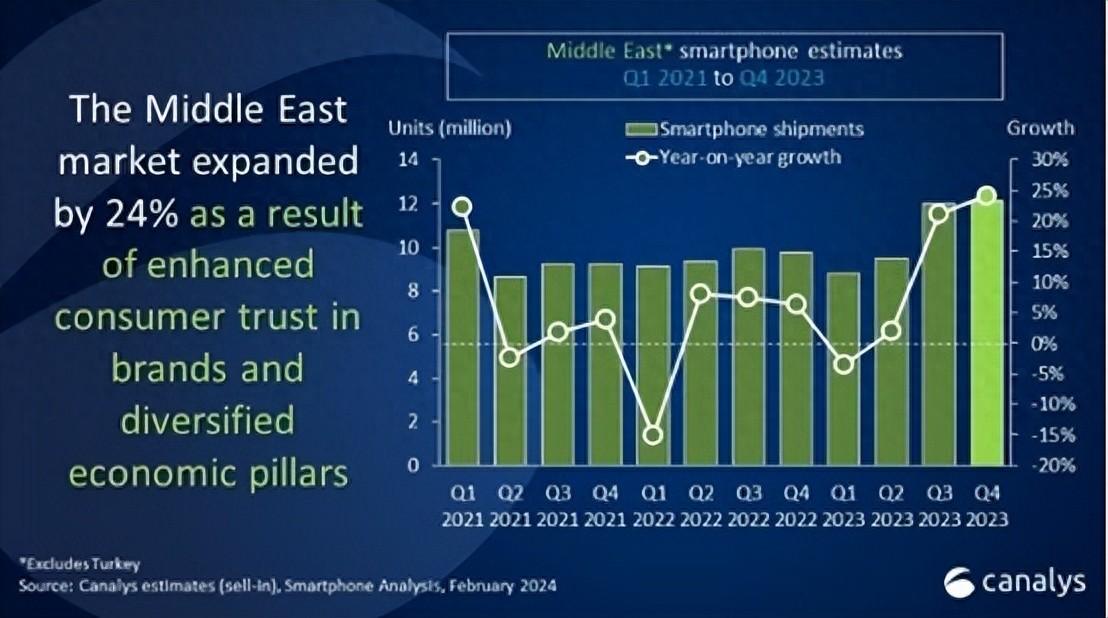Shared power banks (or mobile power rental) are services that deploy portable chargers in public places, allowing users to rent and return them via QR code or mobile App. This model integrates IoT, mobile payment, and operational management technologies—belonging to the intersection of “shared economy + IoT + lifestyle services.”
1. China (and the International Expansion of Domestic Experience)
China is both the birthplace and benchmark market of the shared power bank industry. After years of development, it has formed a mature, replicable system that serves as a model for global expansion.
In China, users have already adopted the “scan to rent, return anywhere” habit. Product designs are diversified—desktop models for cafés and restaurants, standing models for malls and scenic areas, and stackable models for transport hubs.
Through partnerships with chain brands and municipal transport systems, operators have built dense service networks. Combined with advertising and brand collaborations, this creates a complete “hardware + operations + profit” loop.

2. Other Asian Markets (e.g., Southeast Asia, Japan, South Korea)
These regions share cultural and technological similarities with China—high smartphone penetration, developed mobile payment infrastructure, and a mix of local and tourist users—making market entry relatively easy.
However, challenges remain: import standards, cross-border payment systems, partnership building, and high maintenance costs.
3. European Market
In Europe, demand for shared power banks is gradually increasing—particularly in tourism cities, airports, train stations, and exhibitions.
Key considerations include:
-
Certification / Compliance: Devices must meet CE and local standards.
-
Payment / Currency: Support for credit cards, NFC, and local e-wallets (SEPA, Eurozone, UK, Nordic countries).
-
Localization: App interface, customer service, and marketing must match local languages and culture.
-
Partnerships: Malls, scenic sites, restaurants, and transit hubs are key cooperation venues.
-
Logistics / Maintenance: High cross-border logistics and maintenance costs.
Overall, Europe remains in an early stage, but represents an emerging opportunity.
4. North America / U.S. Market
In the U.S., shared power banks have some presence but are less widespread than in China.
Market traits and challenges:
-
Large geography and uneven population density—urban centers show higher potential.
-
Strong internet and payment infrastructure.
-
Competitive landscape and regulatory barriers (licensing, insurance, local policies).
-
High labor, rent, electricity, and maintenance costs.

5. Other Regions (Latin America, Africa, Middle East)
These regions are still in their early stages (penetration <5%), but show unique potential:
-
Unstable power grids (e.g., parts of Africa) create strong charging demand.
-
Tourism growth cities (e.g., Dubai, Rio de Janeiro) have unmet needs for portable charging.
-
Limited public infrastructure opens space for shared power banks to fill service gaps.
6. Litashared Global Shared Power Bank Solutions
Facing diverse global demands and challenges, Litashared focuses on customized hardware and software solutions for shared power bank operators, becoming a key partner for international deployment.
-
Hardware: Customized to meet CE, KC, FCC certifications; adapted for various climates (high temperature, humidity, cold). Provides desktop, standing, and portable models for malls, transport hubs, and outdoor use.
-
Software: Supports multi-language interfaces, local payment integrations, and customizable back-end systems to match market-specific needs.

Whether for startups needing full hardware solutions or mature operators seeking software upgrades, Litashared offers modular customization to lower market entry barriers, boost operational efficiency, and tailor solutions to each region’s market characteristics.




 Company and Product Information Download
Company and Product Information Download
.jpg)

.jpg)

.jpg)
.jpg)
.jpg)





